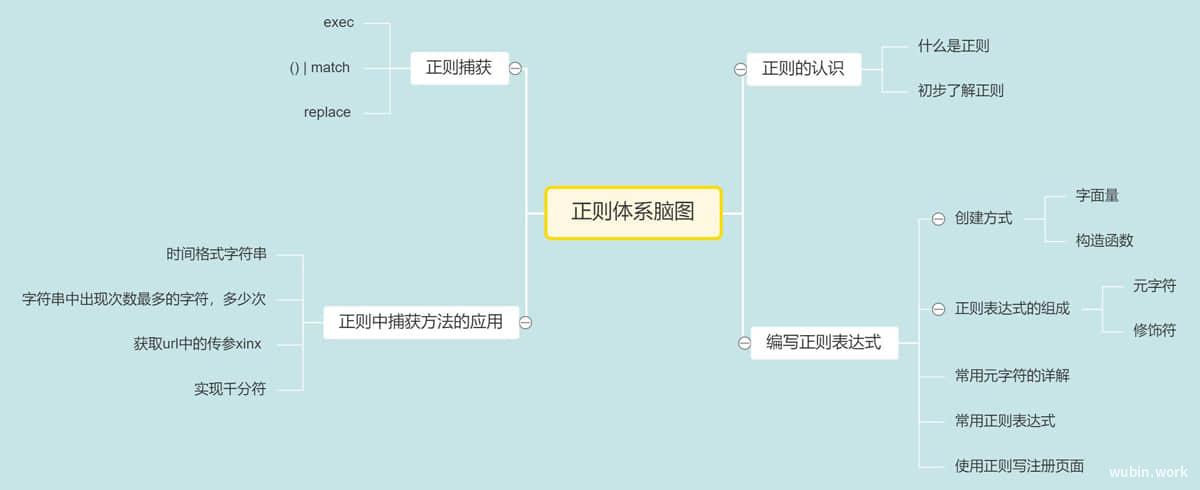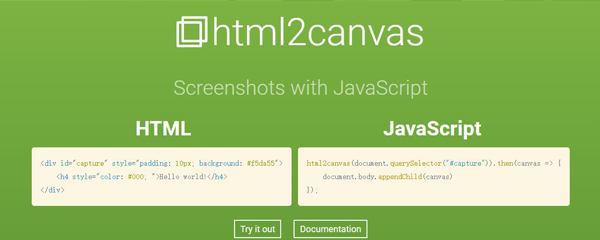Vue监听路由的变化
11773次阅读
685人点赞
发布时间: 2022-04-28 14:25:58
扫码到手机查看
![]()
通过watch
// 监听,当路由发生变化的时候执行
watch:{
$route(to,from){
console.log(to.path);
}
},
或者
// 监听,当路由发生变化的时候执行 (实测有效)
watch: {
$route: {
handler: function(val, oldVal){
console.log(val);
},
// 深度观察监听
deep: true
}
},
或者
// 监听,当路由发生变化的时候执行
watch: {
'$route':'getPath'
},
methods: {
getPath(){
console.log(this.$route.path);
}
}可以使用val.name来界定是哪个路由,从而进行判断,比如,我设置的路由是:
const router = createRouter({
history: createWebHashHistory(),
routes: [
{
path: '/',
redirect: '/home'
},
{
path: '/home',
name: 'home',
component: Home,
children: [
{
path: 'image',
name: 'h_image',
component: HomeImage
},
{
path: 'video',
name: 'h_video',
component: HomeVideo
},
{
path: 'audio',
name: 'h_audio',
component: HomeAudio
},
{
path: 'font',
name: 'h_font',
component: HomeFont
}
]
},
{
path: '/image',
name: 'image',
component: RImage
},
{
path: '/video',
name: 'video',
component: RVideo
},
{
path: '/audio',
name: 'audio',
component: RAudio
},
{
path: '/font',
name: 'font',
component: RFont
}
],
...
})那么使用判断的时候,可以:
watch: {
$route: {
handler: function(val, oldVal){
console.log(val.name);
// 直接获取到路由的名称是home或者h_video等
},
// 深度观察监听
deep: true
}
},key是用来阻止“复用”的。
vue 为你提供了一种方式来声明“这两个元素是完全独立的——不要复用它们”。只需添加一个具有唯一值的 key 属性即可(Vue文档原话)使用computed属性和Date()可以保证每一次的key都是不同的,这样就可以如愿刷新数据了。
<router-view :key="key"></router-view>
computed: {
key() {
return this.$route.name !== undefined? this.$route.name +new Date(): this.$route +new Date()
}
}通过 vue-router 的钩子函数
通过 vue-router 的钩子函数 beforeRouteEnter beforeRouteUpdate beforeRouteLeave
<script>
export default {
name: 'app',
// 监听,当路由发生变化的时候执行
beforeRouteEnter (to, from, next) {
// 在渲染该组件的对应路由被 confirm 前调用
// 不!能!获取组件实例 `this`
// 因为当钩子执行前,组件实例还没被创建
},
beforeRouteUpdate (to, from, next) {
// 在当前路由改变,但是该组件被复用时调用
// 举例来说,对于一个带有动态参数的路径 /foo/:id,在 /foo/1 和 /foo/2 之间跳转的时候,
// 由于会渲染同样的 Foo 组件,因此组件实例会被复用。而这个钩子就会在这个情况下被调用。
// 可以访问组件实例 `this`
},
beforeRouteLeave (to, from, next) {
// 导航离开该组件的对应路由时调用
// 可以访问组件实例 `this`
}
</script>










 目录
目录